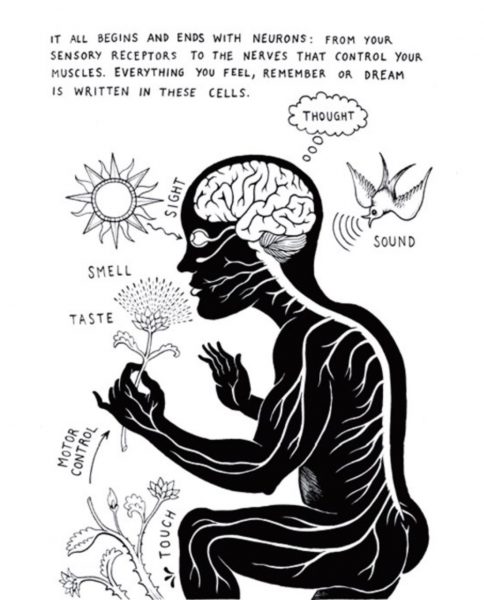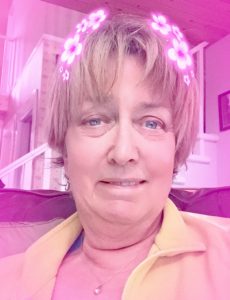
Art from Neurocomic, a graphic novel about how the brain works
As I approach the 6 month anniversary of my stroke I find myself not reflecting on the progress I have made, but rather reaching the understanding that when you have something that works, you have a happiness.
I am now in the “chronic” phase of recovery, I have working neurons and lazy neurons. The lazy neurons are the neurons that have lost connections. These are the neurons that need to be challenged so that they are forced to grow new connections. Challenge recruits unrelated neurons to take over what is lost in stroke.
The particular challenge that I am struggle with, is muscle tightness, this compromises the movement of my left shoulder, lower arm, hand and fingers. So in addition to working on my cardiovascular endurance daily , I need to work on increasing my strength. Up until recently this was difficult, but during the past 2 weeks the “tone” (tightness) is showing slight signs of improvement.
I think Ive already stated in a previous post that I am a firm believer in doing what you love to help you stay on course with rehab. Adding new things to the rehab mix keeps it interesting, and as such enhances the effectiveness.
In a previous post I included a Ted Talk video by Dr. Jaquin Farias, which discussed the effectiveness of adding dance to the recovery mix. I am pleased to report that I am now adding 30 minutes of dance daily. The challenge is twofold, learning choreography combinations really works the brain (somewhere in the depths of mine, is a distant memory that is being stimulated). Second is the sheer challenge of moving, it would be easy to throw in the towel but after several days I am getting better. Watch this space, I will try and post a video soon ( you must promise not to laugh though)!
Here is my muse the one and only Tracy Anderson.
* I want to caution anyone reading my account, that I am no medical expert, I am writing this as a personal account of how stroke has affected me, and this is my journey of recovery.
 I am taking the action to change my mind, I have a choice, it is my body…. I am the one in control, I can regain function. There is no magic pill that can transport me back to how things were before my stroke happened.
I am taking the action to change my mind, I have a choice, it is my body…. I am the one in control, I can regain function. There is no magic pill that can transport me back to how things were before my stroke happened.